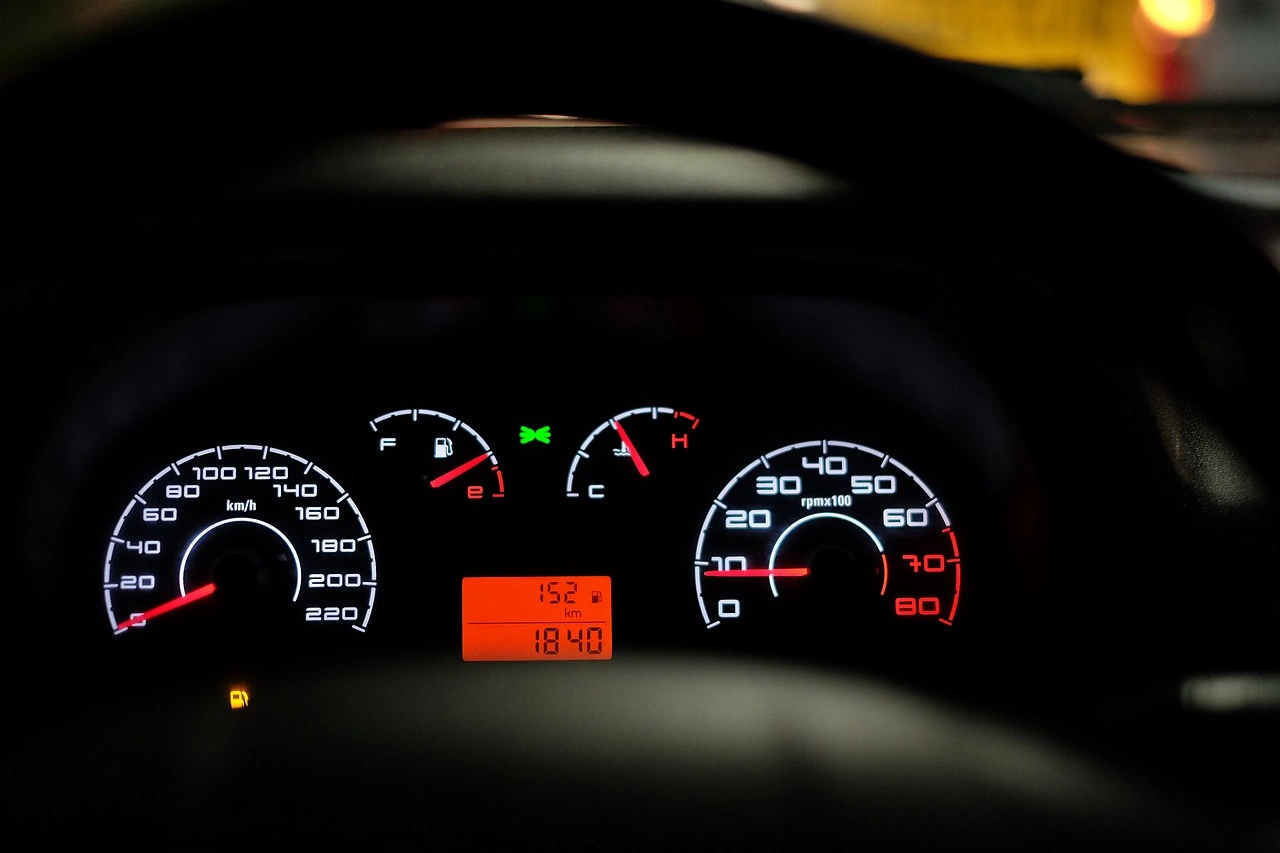From simple AM radios to sophisticated infotainment centers with artificial intelligence, in-car entertainment has undergone a remarkable transformation over the decades. This evolution reflects not just technological advancement but changing consumer expectations about what driving experience should entail. Let’s take a journey through the fascinating history and exciting future of how we stay entertained behind the wheel.
The Early Days: When Radio Ruled the Road
The first car radio was introduced in 1930 by Motorola, a name derived from “motor” and “Victrola.” These early radios were expensive luxuries, often costing the equivalent of thousands in today’s dollars. They were also massive, requiring significant dashboard real estate and separate battery power.
By the 1950s, car radios became standard features rather than expensive add-ons. The introduction of FM broadcasting in this era brought improved sound quality, though the technology remained relatively simple—just turn the dial and adjust the volume.
The 1960s and 70s saw the next significant advancement: the 8-track tape player, followed quickly by the more compact cassette deck. For the first time, drivers could choose their own soundtrack rather than relying on radio stations. This personalization marked a pivotal shift in how we think about in-car entertainment.
The Digital Revolution Begins
The 1980s welcomed the CD player to the automobile, bringing digital sound quality to the driving experience. Early car CD players were prone to skipping on bumpy roads, but anti-shock technology eventually solved this problem.
The 1990s and early 2000s saw the integration of multiple technologies—radio, CD, and eventually auxiliary inputs for MP3 players. Factory-installed screens began appearing in luxury vehicles, initially for navigation but eventually incorporating DVD playback for passengers.
The Smartphone Integration Era
The smartphone revolution of the late 2000s dramatically transformed in-car entertainment. Suddenly, drivers had access to their entire music libraries, podcasts, audiobooks, and navigation through a single device. However, this created new challenges—particularly around driver distraction and the awkwardness of managing phone interfaces while driving.
Automakers responded with systems designed specifically to integrate with smartphones. Apple CarPlay (introduced in 2014) and Android Auto (2015) allowed drivers to access selected phone apps through the car’s built-in display, using familiar interfaces and voice commands to minimize distraction.
This era also saw the rise of subscription-based streaming services replacing physical media. SiriusXM pioneered satellite radio, while services like Spotify and later Audible became accessible through connected car systems.
Today’s Integrated Infotainment Systems
Modern vehicles feature sophisticated infotainment systems that serve as the command center for nearly all in-car functions. These systems typically include:
- Touchscreen Displays: High-resolution screens ranging from 7 to 17+ inches
- Connected Services: Built-in Wi-Fi hotspots and cellular connectivity
- Voice Recognition: Natural language processing for hands-free control
- App Integration: Native and third-party applications for everything from navigation to finding parking
- Personalization: User profiles that remember preferred settings across entertainment, climate control, and driving modes
- Multi-Zone Entertainment: Independent audio/video controls for different seating positions
Premium vehicles now offer concert-hall quality audio experiences with brands like Bose, Bang & Olufsen, and Burmester delivering systems with 20+ speakers strategically positioned throughout the cabin.
The transition to electric vehicles has further accelerated infotainment innovation. Tesla pioneered the minimalist approach with nearly all vehicle functions controlled through a single large touchscreen. This model has influenced the entire industry, with even economy cars now featuring sophisticated digital interfaces.
The Near Future: What’s Next for In-Car Entertainment
The coming years promise even more dramatic changes:
Augmented Reality Displays
Head-up displays (HUDs) projecting information onto the windshield are evolving into full augmented reality systems. These will overlay navigation directions onto the actual road, highlight potential hazards, and enhance the driving experience with contextual information about surroundings.
Vehicle-to-Everything (V2X) Communication
As cars become more connected to infrastructure and each other, entertainment systems will provide real-time information about everything from restaurant recommendations based on your preferences to concert tickets available near your destination.
Autonomous Entertainment
As vehicles gain more autonomous capabilities, the concept of in-car entertainment will expand dramatically. When drivers become passengers, windows may double as displays, seats might reconfigure for optimal viewing, and content will adapt to journey length and passenger preferences.
AI Companions
Artificial intelligence is moving beyond simple voice commands to create persistent in-car assistants that learn your preferences, anticipate your needs, and even engage in conversation. These AI companions will curate entertainment options based on your mood, traffic conditions, and time of day.
The Balancing Act: Technology vs. Distraction
As in-car entertainment systems grow more sophisticated, automakers and regulators continue to grapple with the balance between feature richness and safety. The best systems integrate advanced technologies while minimizing cognitive load through thoughtful interface design, customizable controls, and robust voice recognition.
The evolution of in-car entertainment reflects our changing relationship with both technology and the driving experience itself. What began as a simple AM radio has transformed into an immersive digital ecosystem that entertains, informs, and connects. As we look toward an autonomous future, the line between vehicle and entertainment space will continue to blur, transforming how we experience every journey on the road.
The article was generated by AI

